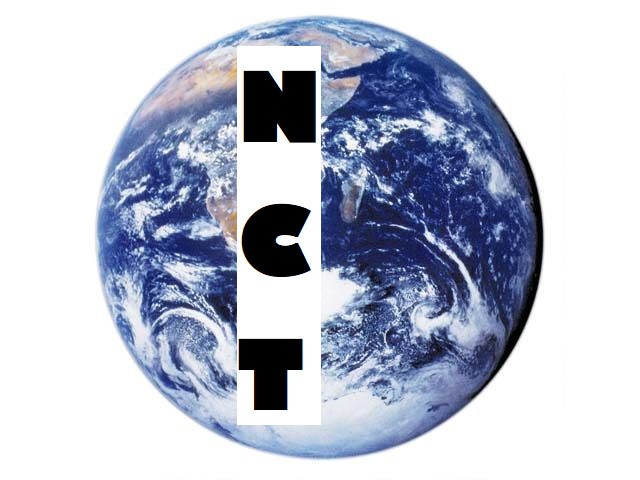
 |
NeoCoreTechs - New Core Technologies |
RockSack -Built atop Facebook/Meta’s high-performance RocksDB,
RockSack enhances the key/value model with true object orientation—bringing Java class persistence and transaction integrity to RocksDB’s raw speed.
Browse the GitHub repositories to explore RockSack and related projects.
Relatrix -A semantic data management system loosely inspired by Category Theory, Relatrix uses morphisms to store and retrieve relationships in unstructured data.
Relatrix empowers memory-based reasoning in robotics, AI cognition, and semantic knowledge bases.